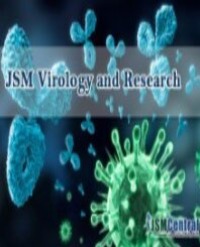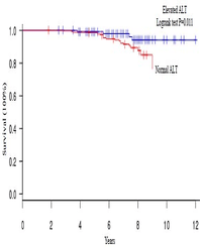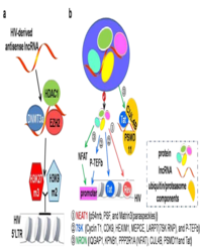
Serosurveillance of Foot-and-Mouth Disease in Ruminant Population of Karnataka, India
Foot-and-Mouth Disease (FMD) is endemic in India and three serotypes viz, O, A, and Asia-1are prevalent in the country. In the current study a total of 7923 serum samples were collected randomly from 4639 cattle, 1363 buffaloe, 1187 sheep and 734 goats from different districts of Karnataka state, India. The samples were screened for antibodies against Non-Structural Proteins (NSPs) and Structural Proteins (SPs) of FMD virus to gather evidence with respect to the FMD virus circulation. The study revealed NSP antibodies in 33% bovines and 16% small ruminants. Higher level of NSP antibodies was observed in cattle (35%), buffaloes (27%), goats (23%) and lower prevalence in sheep (12%).The antibodies against SP was observed in 78% bovines and 18% small ruminants. The study reiterates the importance of strengthening of FMD surveillance in small ruminants as they could pose a potential risk of virus transmission to cattle.
Raveendra Hegde1*, Madhusudan Hosamani2 , Sreevatsava V1 , Rashmi KM1 , Srikanth Kowalli1 , K Nagaraja1 , NK Dharanesha1 , CM Seema1 , GV Nagaraj1 , K Srikala1 , KJ Sudharshana1 , SheshaRao1 , Rajashekar B1 , P Giridhara1 , and SM Byregowda1




